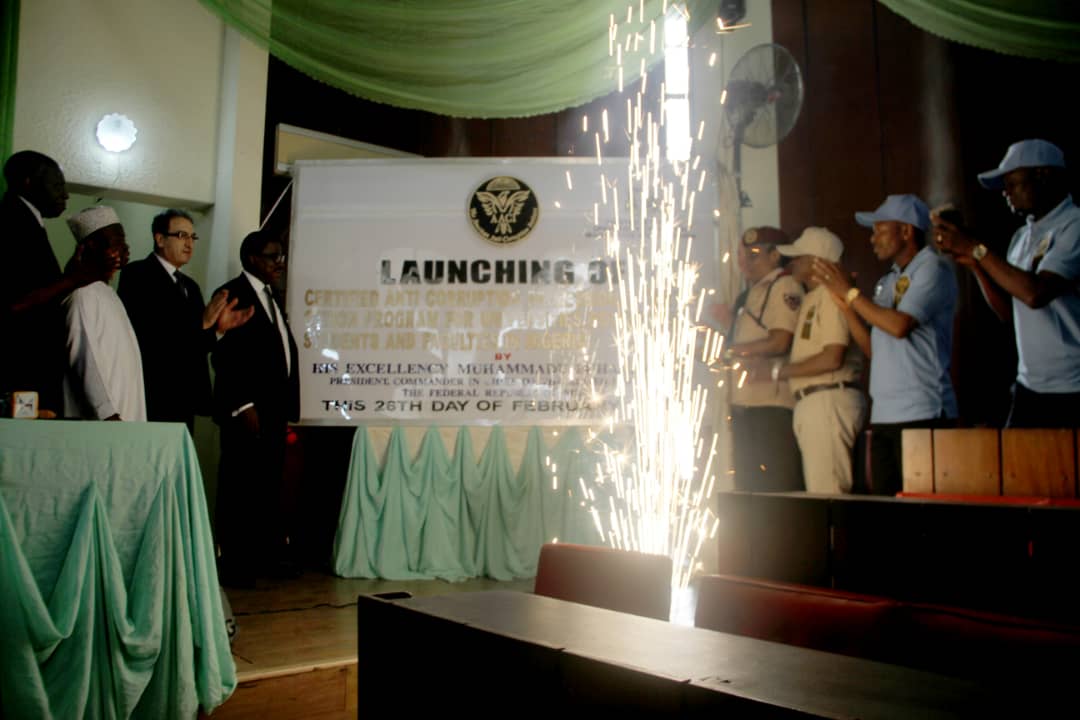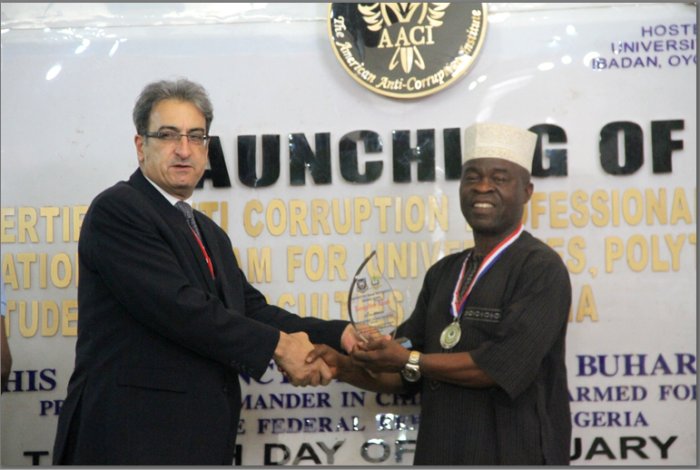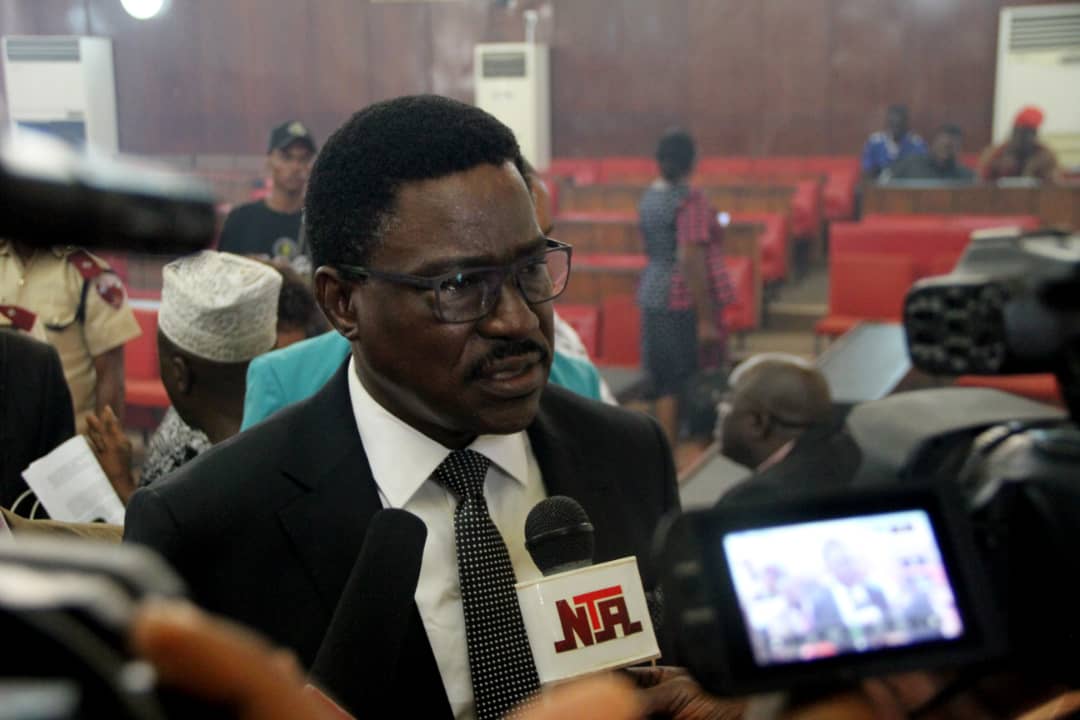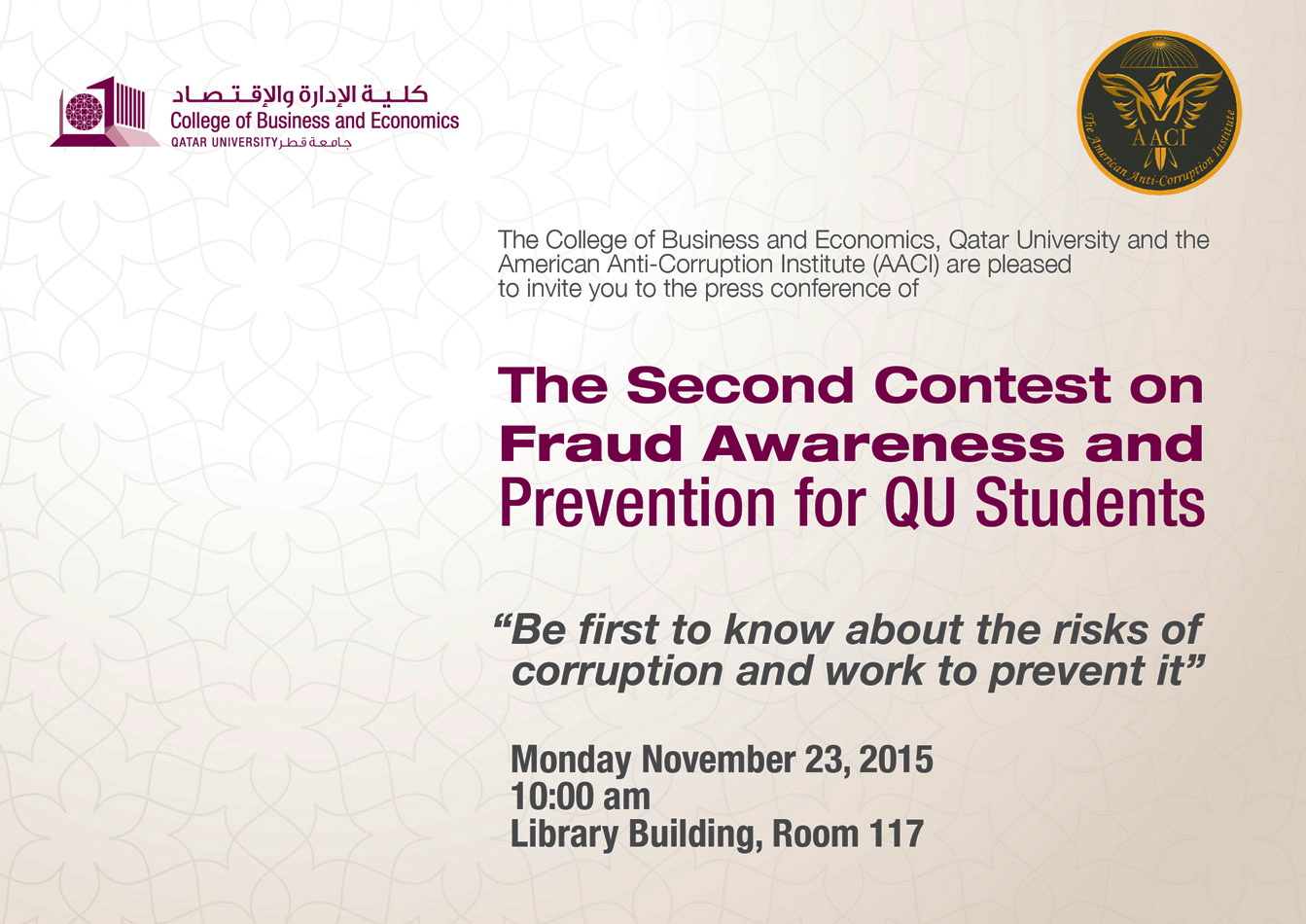Misconceptions About Fraud and Corruption
The following is not an exhaustive list of misconceptions about fraud and corruption that is widely spread all over the world. The lower the illiteracy, the lower the level of these misconceptions. The higher the anti-corruption literacy, the lower the level of these misconceptions.
- Corruption exists only in the public sector. This is wrong. Corruption may exist in any entity of any economic sector.
- A government can eradicate corruption in a short period. For example, a country can defeat corruption in three to five years. This is almost impossible. First, a state or entity will never be 100% corruption free. Second, no one estimate would fit all the situations. Third, it depends on the scope and depth of corruption. In general, a country that is faithful and dedicated to fighting corruption would need at least 12 years to start reaping the results of its corruption prevention strategies.
- The political will is enough to combat corruption. This is wrong. Though the political will, at the highest level of governance, is necessary to unleash faithful corruption prevention strategies, a mere political will is not enough to prevent fraud and corruption.
- A country is corrupt. This is wrong. The correct statement is that there are individuals who are corrupt.
- A public perception index tells the whole story about corruption in a country. This is wrong. Any public perception index indicates the level of corruption those surveyed believe corruption exists in the country as a whole. Such an index does not provide sufficient and reliable information about the actual levels of corruption in an entity, economic sector, or the country as a whole.
Costs and Damages of Fraud and Corruption
Corruption results in severe socio-economic damages. The Secretary-General’s message on 2016 International Anti-Corruption Day described the extent of those damages succinctly.
“No country is immune, and every country bears a responsibility to end it. [corruption]
Corruption strangles people, communities, and nations. It weakens education and health, undermines electoral processes and reinforces injustices by perverting criminal justice systems and the rule of law. By diverting domestic and foreign funds, corruption wrecks economic and social development and increases poverty. It harms everyone, but the poor and vulnerable suffer most.
The theme of this year’s observance is “Corruption: An impediment to the Sustainable Development Goals”. Goal 16 urges substantial reductions in corruption and bribery and the development of effective, accountable and transparent institutions at all levels. The UN Convention against Corruption, buttressed by its peer review mechanism, is mobilizing action for honest, transparent, accountable governance, but far more is needed.”
As stated by the U.N. Secretary-General, corruption:
- Strangles people, communities, and nations
- Weakens education and health
- Undermines electoral processes
- Reinforces injustices by perverting criminal justice systems and the rule of law
- By diverting domestic and foreign funds, it wrecks economic and social development and increases poverty
- Harms everyone, but the poor and vulnerable suffer most
Because clandestine is the nature of fraud and corruption, its real cost is an estimate.
Members may continue reading on the membership portal.
Note: Published on December 1, 2018, and authored by The AACI technical staff, this document is a part of The AACI series of anti-corruption resources made available to our CACM members. The contents of this document constitute an integral part of the CACM Review textbook that would be available in countries where the CACM will only be offered by exam.
Continue Reading










































